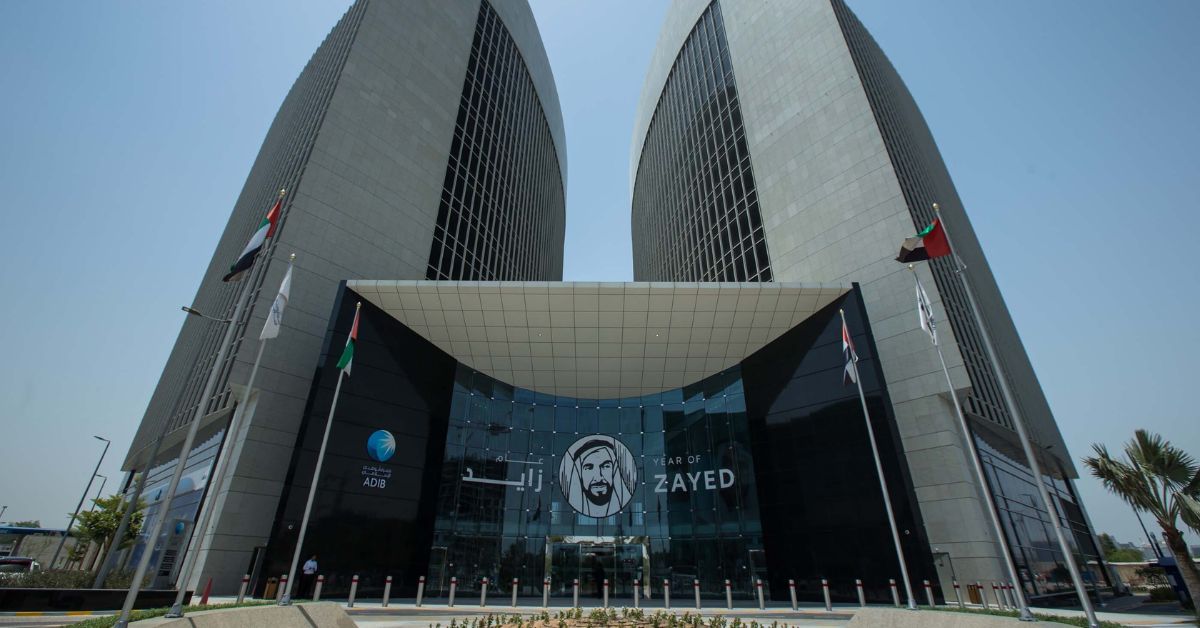DUBAI, UAE — The recent surge in foreign currency-denominated sukuk issuance has been primarily attributed to specific features of core Islamic finance markets. For instance, Saudi Arabia has experienced reduced banking system liquidity and lower oil prices, leading to a decline in sovereign local currency sukuk, but has seen an increase in foreign currency-denominated issuances.
A new report by S&P Global Ratings indicates mixed activity levels, highlighting the sukuk market’s geographic concentration. To draw interest from non-core jurisdictions, the industry might need to reconsider the issuance process and work towards the harmonization of its Sharia standards.
S&P Global Ratings predicts a potential decline in total sukuk issuance this year compared to 2022 and 2021, notwithstanding anticipated growth in foreign currency activity in the market. The report, however, forecasts continued expansion of sustainability-linked sukuk, starting from a relatively low base, amid increasing awareness of environmental, social, and governance considerations among issuers.
In the medium term, the sukuk market stands to gain from heightened automation and digitalization. The contribution of the forthcoming launch of the Islamic Coin to this trend remains uncertain.

A mixed picture
In the first half of this year, total issuance declined by 17.5% to $83.2 billion, compared with $100.7 billion in the corresponding period last year, as per the report.
S&P Global Ratings maintains its projection of subdued overall issuance activity. It has revised its estimate of sukuk issuance upwards to $174.1 billion from $155.8 billion in 2022 by better capturing the volume of local currency-denominated issuances. Nevertheless, issuance volumes still trail those of 2021.
Local currency issuance has seen a downturn. The market witnessed a nearly 25% drop in the first half of 2023, year on year, primarily driven by decreased issuance by the Saudi Arabian government.
The report attributes the liquidity constraints in Saudi Arabia’s banking system during the first half of the year as the main reason for this, implying subdued local demand. In the UAE and Turkey, there was a marginal decline, attributed more to the prevailing environment amid legislative and presidential elections.
“In the UAE, we note that the federal authorities issued their first local currency-denominated sukuk during the period. We expect to see more such issuance in the next few years as the UAE authorities continue efforts to develop the local capital market,” the report states.
Sukuk market at a glance * The surge in foreign currency-denominated sukuk issuance has been attributed to specific features of Islamic finance markets. * There's a projected decline in total sukuk issuance for this year despite an anticipated growth in foreign currency market activity. * The S&P report predicts the expansion of sustainability-linked sukuk and potential gains from digitalization and automation in the sukuk market. * The total sukuk issuance in the first half of this year has declined by 17.5% to $83.2 billion. * Despite less supportive market conditions, foreign currency-denominated sukuk has seen a volume increase, with new issuers like Egypt and the U.S.-based Air Lease Corp. entering the market. * The overall volume of sukuk issuance is expected to remain muted in the second half of 2023, with predictions of the market seeing $160 billion-$170 billion of new sukuk. * The report anticipates the role of technology and harmonization of Sharia standards in overcoming the sukuk market's geographic concentration.
However, foreign currency-denominated sukuk has seen an uptick in volume. Despite less supportive market conditions, S&P observed an approximately 9% increase in foreign currency-denominated sukuk in the first half of this year. This stems from sovereign and government-related entities, as well as from banks tapping the sukuk market to alleviate liquidity pressure in Saudi Arabia.
The report also emphasizes that a couple of new issuers made it to the market. Egypt entered the sukuk market for the first time in a transaction priced similarly to conventional bonds. U.S.-based Air Lease Corp. also entered the market during this period, utilizing some of its leased aircraft as underlying assets. Thus, there are expectations of increased traction in the foreign currency sukuk market in the second half of 2023.
Many issuers in the Gulf are on the lookout for potential market opportunities. They also seek to benefit from the current rates situation, assuming that central banks have not yet concluded their inflation adjustments and that further rate hikes may be forthcoming.
According to S&P, the overall volume of issuance is expected to remain muted in the second half of 2023. “For the full year, issuance volumes will exceed our initial forecast of $150 billion; we now predict the market will see $160 billion-$170 billion of new sukuk for 2023. A resurgence of local currency issuance in Saudi Arabia could change this picture, especially as we anticipate lower oil prices for the rest of the year. This underscores one of the global sukuk industry’s weaknesses: its geographic concentration. To pique interest from other jurisdictions, the industry can leverage technology opportunities while rethinking the issuance process and harmonizing Sharia standards related to sukuk.”
Technology’s impact
Digital sukuk could provide a faster and cheaper means for issuers to tap into Islamic finance markets, due to the limited number of intermediaries involved. Other potential benefits include enhanced transaction security, traceability, and integrity, which could further boost compliance with Sharia.
This, however, assumes the availability of reliable technology, the readiness of legal frameworks to accommodate these instruments, and the existence of standard legal documents that can serve as templates. Harmonizing Sharia standards across geographies is also a crucial factor for success.
The report suggests that reducing the time, cost, and minimum issuance volume requirement in this manner could open the sukuk market to more issuers. Investors in digital sukuk will continue to bear traditional risks, including credit market and liquidity risk. They will also face higher operational risks related to technology stability and cyber-attacks, necessitating a digital transaction method, for example, a stable Islamic coin or central bank digital currency.
Whether the expected launch of the first Sharia-compliant cryptocurrency, Islamic Coin, the native currency of the Haqq Network, will contribute to this trend remains to be seen.
Sustainability sukuk
Despite the natural alignment of Islamic finance and sustainable finance, sustainability-linked sukuk issuance remains limited, although it is expanding rapidly.
The total volume of sustainability-linked sukuk increased by around 50% in the first half of 2023 compared with 2022. S&P expects to see higher volumes as issuers meet investor demands and core Islamic finance countries seek to reduce their carbon footprints. The upcoming COP28 in the UAE is expected to shed more light on the opportunities offered by Islamic finance and sukuk to finance initiatives related to the climate transition.
Many Islamic finance countries are implementing strategies to put their economies on a path towards net-zero greenhouse gas emissions, which could imply future growth for green sukuk issuance.
“We expect to see much more activity in this space as issuers attract global investors’ attention and regulators start offering incentives. For example, the UAE’s Securities and Commodities Authority announced in June 2023 an exemption from registration fees for companies that list their sustainability-linked bonds or sukuk in the local market during 2023,” the report mentions.







